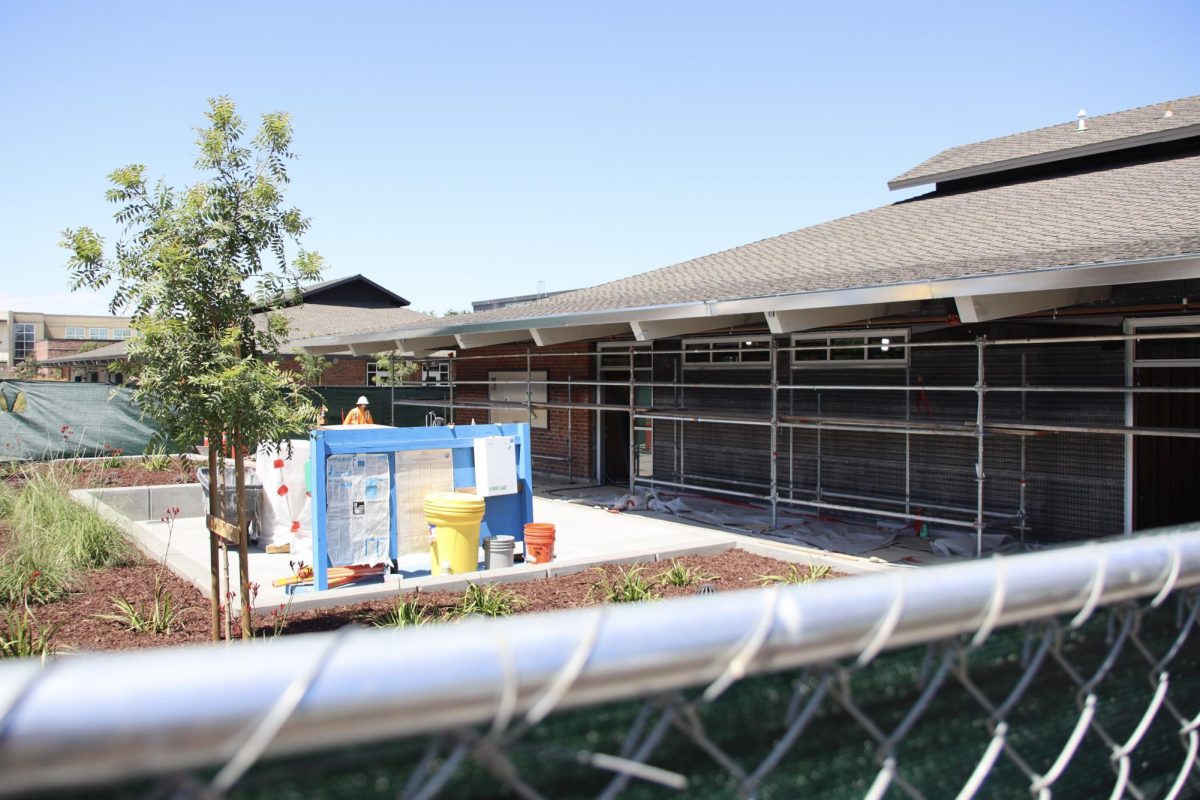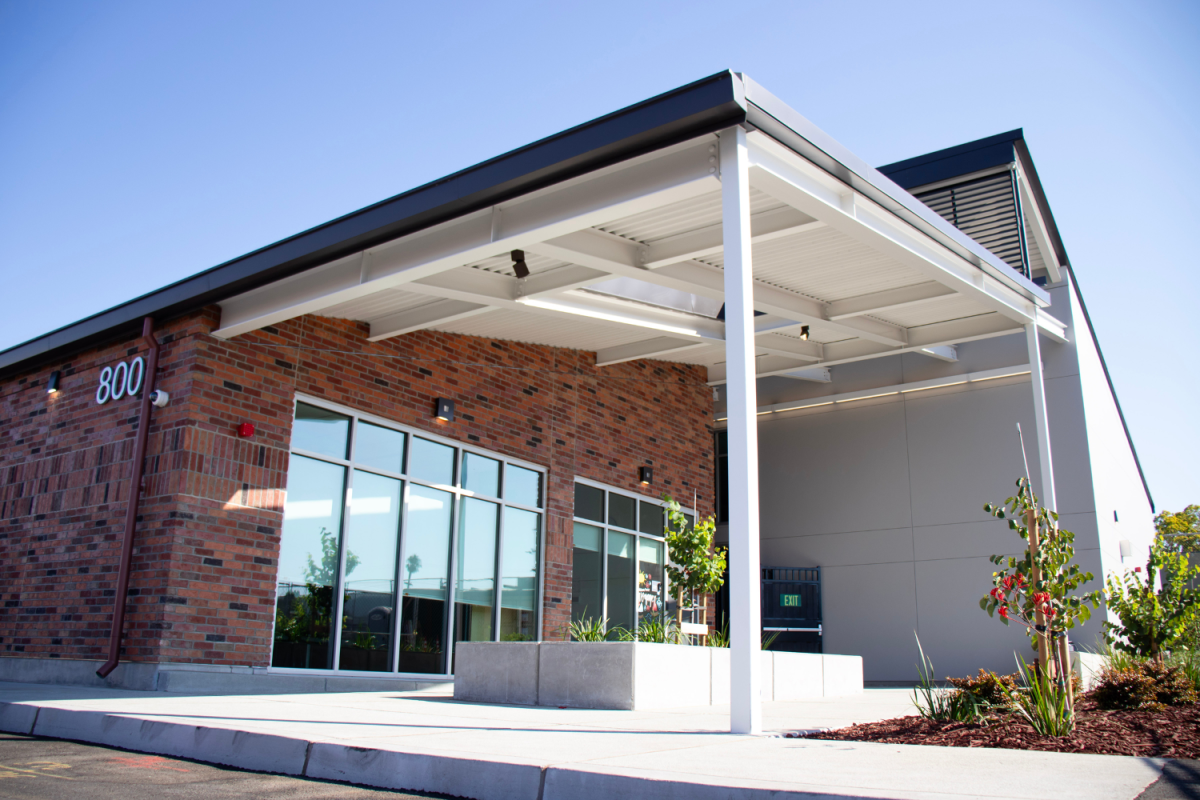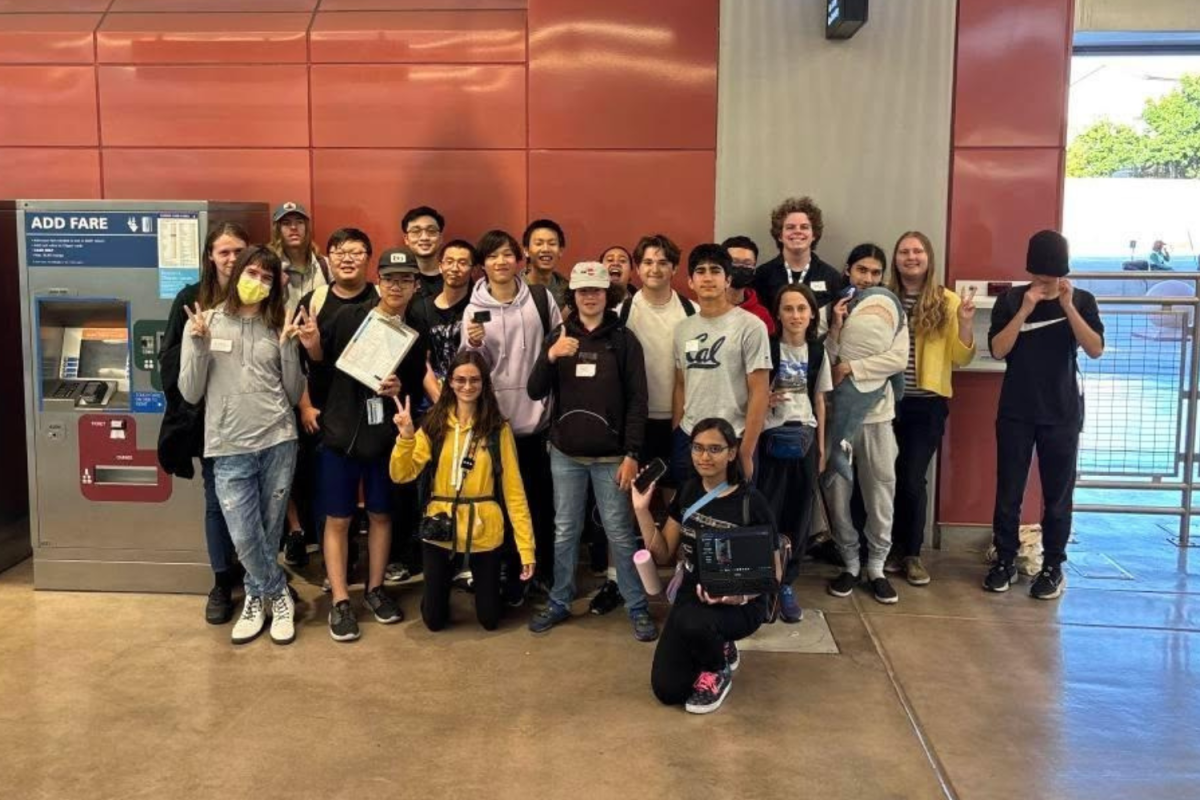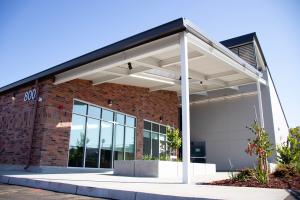Clicking into the modern world of online shopping
December 7, 2017
The hustle and bustle of stores is one of the first things that comes to mind when one thinks of shopping; however, this foot traffic is slowly being redirected online. Whether we are buying food, toiletries, luxuries or anything in between, shopping satisfies everything from our most basic necessities to our wildest whims. What began as small vendors selling specialized products gradually turned into the brick and mortar store we know today. Now, even physical shopping, is beginning to change, with a “trip to the store” slowly being replaced by a new phenomenon: online shopping.
The dynamic of consumerism has changed over time with the advent of urbanization. With many more people living in large cities, a smaller number of vendors have been able to meet the needs of a larger population. As time went on, the creation of tools, such as the cotton gin, to mass produce basic goods drove the prices of goods down, making them more accessible in large amounts. In addition to higher standards of living, this urbanization has led to the growth in consumer spending that continues today.
“When we lived in towns, there was a lot of distance between towns, so each had to be more self-sufficient; everybody bought and made their own stuff,” said business teacher Andrea Badger. “Then, transportation methods were developed and allowed towns to trade with each other. Recently, we have developed a society that is all about comparing yourself to others and that has pushed us into being more commercialized and demand driven.”
In recent years, online shopping has generated greater sales than physical businesses. According to the Pew Research Center, a total of 80 percent of Americans shop online, with 43 percent shopping on a “weekly basis” or a “few times a month.” 65 percent of Americans still view prices as the deciding factor between purchasing online or in stores, as products bought online usually cost less than those purchased in stores.
“The upside of online shopping, for me, is the convenience factor,” said senior Alex Minooka. “I can do it from the comfort of my own home, and the prices of online goods are actually cheaper. While there is value in buying in person, these days, shopping is something you only do if you can’t find [what you’re looking for] online, or you’re doing it for the experience.”
As a result of lower online prices, e-commerce sales have surged in recent years, generating $349 billion in 2016. Amazon’s sales constituted 43.5 percent of these online sales, rendering it the primary ecommerce retailer.
The holiday season is of great importance to retail stores due to the increased amount of consumer spending, especially during Christmas time: 20 percent of annual consumer spending occurs during the Christmas season alone, with the average American spending over $900. Online shopping, however, has started to overtake in-store shopping, with 51 percent of purchases made online. According to the National Retail Federation, 103 million people shopped through online outlets during the Thanksgiving weekend in 2015, and 108 million in 2016. Brick and mortar stores, however, saw a decrease with 102 million shopping in 2015 and 99 million in 2016.
“I spend more during the holiday season than the rest of the year on average,” said senior Victor Zhu. “And I’d rather spend money online than going to the store; it’s convenient, and I don’t have to drive there. I don’t like to go to stores to shop; I’d rather spend that money online.”
As this year’s holiday season approaches, consumer spending is expected to reach $967 per person, a four percent increase from the $936 spent in 2016. Going forward, e-commerce will continue to dominate retail during both the holiday season and the regular year.



























































